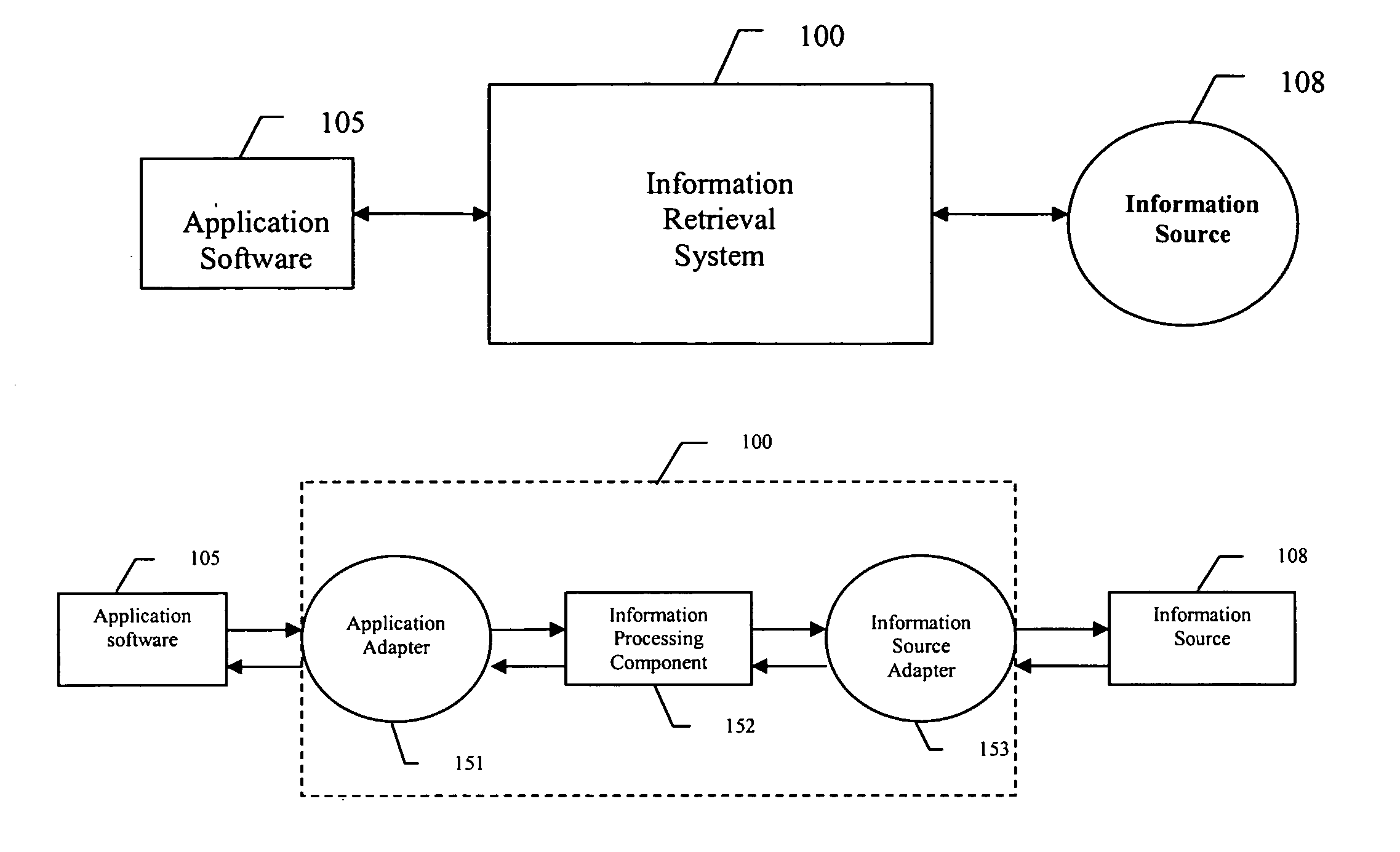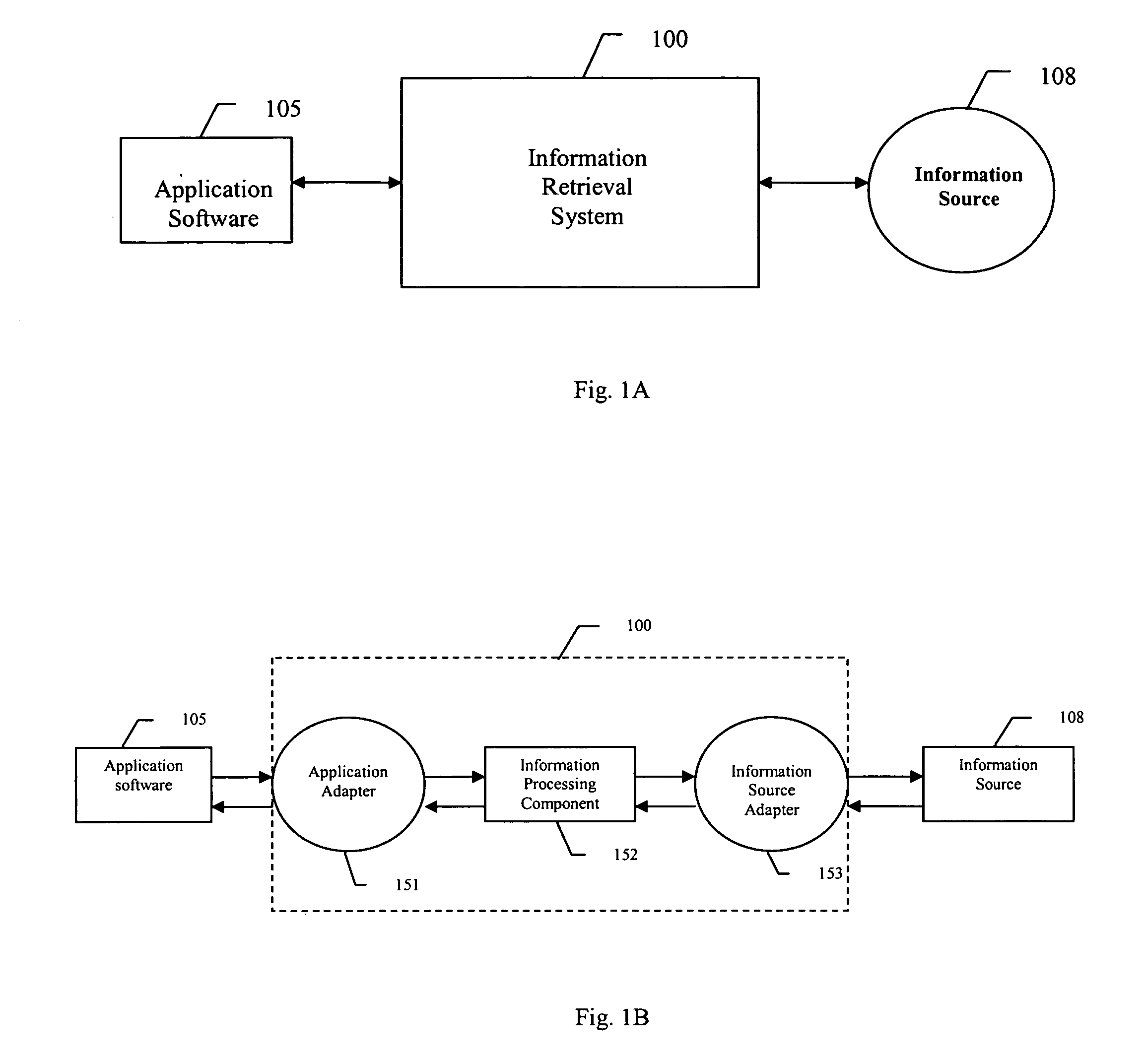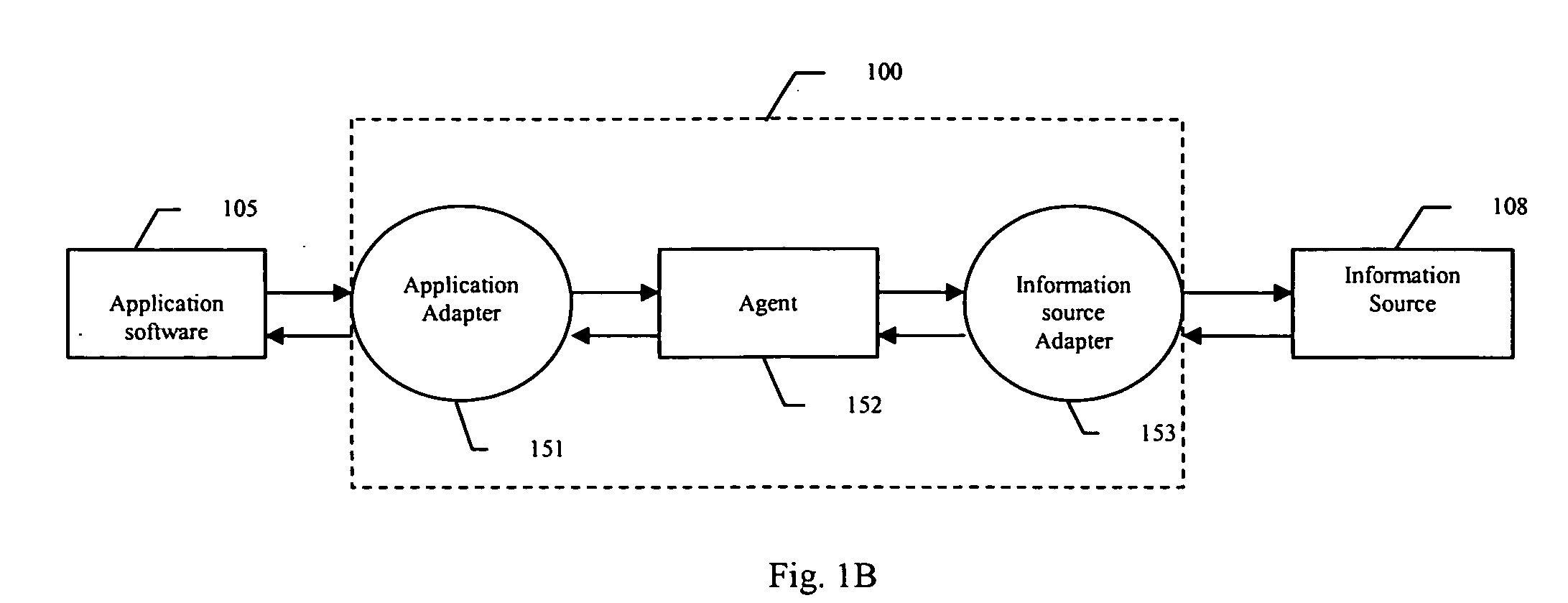Method and system for assessing relevant properties of work contexts for use by information services
a technology of work contexts and information services, applied in the field of methods, can solve problems such as the inability of tools to function effectively in more realistic work environments, the inability of information retrieval systems to consider the relevance of active goals, and the inability of information retrieval systems to meet user needs, so as to and increase the weight of words
- Summary
- Abstract
- Description
- Claims
- Application Information
AI Technical Summary
Benefits of technology
Problems solved by technology
Method used
Image
Examples
Embodiment Construction
[0030] In the following description, for the purposes of explanation, numerous specific details are set forth in order to provide a thorough understanding of the present disclosure. It will be apparent, however, to one skilled in the art that the present disclosure may be practiced without these specific details. In other instances, well-known structures and devices are shown in block diagram form in order to avoid unnecessarily obscuring the present disclosure.
System Architecture
[0031]FIG. 1 is a block diagram of system architecture of an exemplary information retrieval system 100 according this disclosure. A user utilizes a data processing system, such as a computer, to execute application software 105. The information retrieval system 100 interacts with the application software 105 to detect and / or observe the operation and activities of an active task that the user is manipulating, and determines the user's potential information needs from this and other information, e.g., att...
PUM
 Login to View More
Login to View More Abstract
Description
Claims
Application Information
 Login to View More
Login to View More - R&D
- Intellectual Property
- Life Sciences
- Materials
- Tech Scout
- Unparalleled Data Quality
- Higher Quality Content
- 60% Fewer Hallucinations
Browse by: Latest US Patents, China's latest patents, Technical Efficacy Thesaurus, Application Domain, Technology Topic, Popular Technical Reports.
© 2025 PatSnap. All rights reserved.Legal|Privacy policy|Modern Slavery Act Transparency Statement|Sitemap|About US| Contact US: help@patsnap.com



